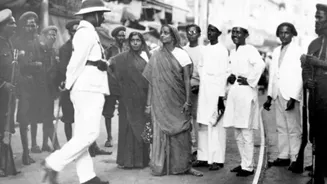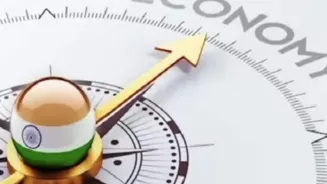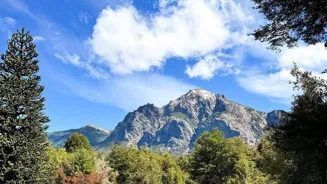Let’s honour the forgotten voices who helped shake the foundations of colonial rule during the Quit India Movement.
On August 8, 1942, eighty-three years
ago, Mahatma Gandhi gave a clarion call of “Do or Die” amid the backdrop of a world at war and an India at unrest. The call was the birth of the Quit India Movement, a mass civil disobedience campaign which not only became one of the most defining moments in India’s freedom struggle but also pushed the British Empire towards its final exit.
While most of history puts the spotlight on prominent figures—Gandhi, Nehru, Patel, it cannot be forgotten that the movement was carried out by thousands of ordinary Indians, who chose resistance over silence. Spread across towns, villages, and universities, these people made sacrifices for the country, and on the occasion of remembering the day, let’s honour the heroes of the movement that helped shake the foundations of colonial rule.
A Movement Not Without Courage
After Mahatma Gandhi’s arrest on August 9, 1942, along with the entire Congress leadership, the Quit India Movement saw action from local leaders and grassroots activists with no central coordination. People organised protests, sabotaged railways and telegraph lines, and even spread underground literature.
In places like Ballia (Uttar Pradesh) and Tamluk (Bengal), parallel governments were briefly established by protestors. In Satara (Maharashtra), the Prati Sarkar or "parallel government" operated for years, albeit discreetly.
These acts were carried out on the shoulders of several voices that are not forgotten but were truly statements of self-rule and self-respect.

Aruna Asaf Ali: The Flame That Would Not Die
Aruna Asaf Ali’s role during the Quit India Movement deserves a special mention. When senior Congress leaders were arrested, she hoisted the national flag at Gowalia Tank Maidan (now August Kranti Maidan) in Mumbai, defying British orders. In fact, she remained underground for years and coordinated resistance efforts. Till today, she is remembered as the “Grand Old Lady of the Independence Movement.”
Usha Mehta: The Voice of Resistance
Usha Mehta, then just 22, ran a clandestine radio station during the Quit India Movement. Congress Radio, launched on August 14, 1942, was used to broadcast messages from leaders in hiding apart from news censored by the British. She was eventually arrested and tortured, but she became a symbol of resistance for thousands.
Matangini Hazra: The Martyr Grandmother
At 73, Matangini Hazra, a peasant woman from Tamluk, Bengal, led a procession to demand British withdrawal. When police opened fire, she continued marching while chanting “Vande Mataram” with tricolour in hand. Despite being shot multiple times, she refused to let the flag fall.
Young Revolutionaries
Across India, students and workers emerged to be the backbone of the movement. In Bihar, Jayaprakash Narayan organised sabotage networks that targeted British supply lines. In Gujarat, Ram Manohar Lohia led the underground resistance. In Assam, young girls like Kanaklata Barua, barely 17, became martyrs.
Women too were not just participants. In fact, they were leaders, and revolutionaries. Beyond Aruna and Usha, names like Kamaladevi Chattopadhyay, Sucheta Kriplani, and Durgabai Deshmukh provided shelters to those on the run.
Though the Quit India Movement didn’t achieve immediate success and the British remained in power until 1947, the movement was the starting point of weakening of British morale. Nonetheless, the stories of these unsung heroes are not relics of the past, but let’s remember how without them, freedom would still be a dream.












